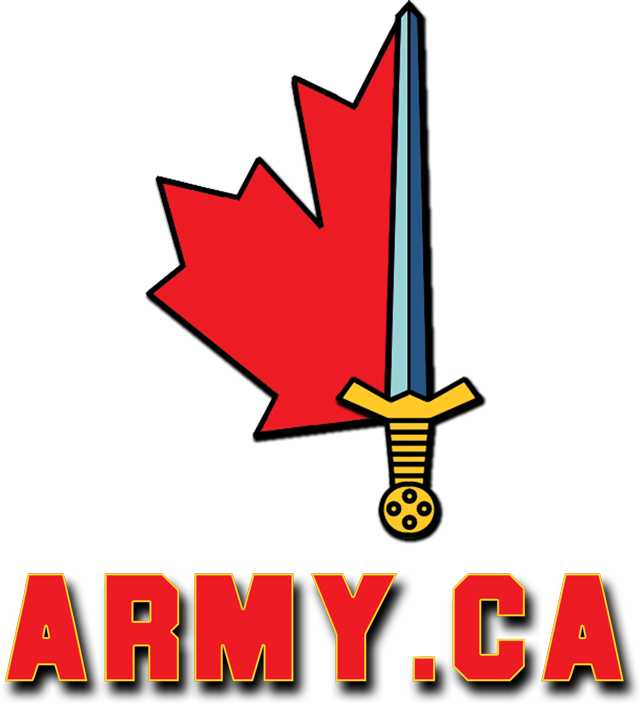foresterab
Full Member
- Reaction score
- 501
- Points
- 910
Ah yes...the fun of the one slow vehicle you follow for the next three hours...in a convoy...due to lack of passing lanes, pulloffs, and towns. Even worse when you fill up and don't beat them out of the station and repeat the process.until you get caught behind an Airstream. the twinning is a fantastic idea and long overdue; could certainly use that extra lane on the grades. The notion expressed above re: a single corridor carrying rail, road, and pipeline makes a lot of sense except the most direct route would bypass everything between Sudbury and Kenora and leave those towns hanging out to dry
What is the right route? Not really sure...Kenora to Thunder Bay makes sense. From there to Sault Ste. Marie also makes some sense.
It's the Sault Ste. Marie east that makes me think of a split line - via Sudbury then south and a second towards Timmons/Clay Belt/Ottawa.
To be fair I haven't drove out there in about 20 years but have not heard of any major large scale improvements. If I look at the Kicking Horse Pass twinning in BC (Kamloops to Banff) or Highway 63 (towards Fort Mac) we're talking a solid 5-10 years construction work under current rules for each ~250 km segment. So this is can be started but will need multiple construction kick-off points if you want it done fast.



